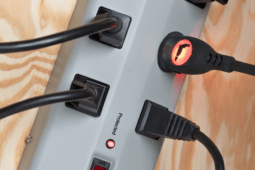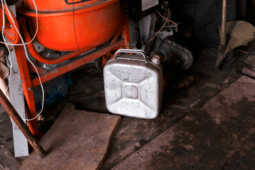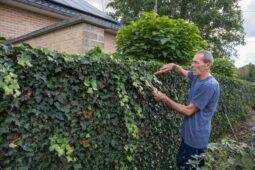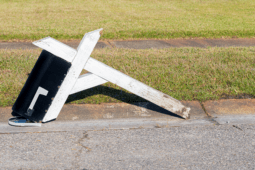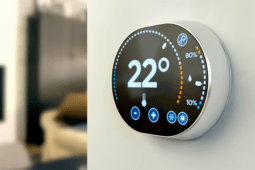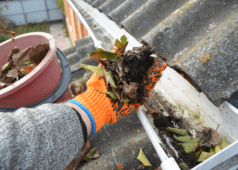A Beginner’s Guide to Woodcase Pencils
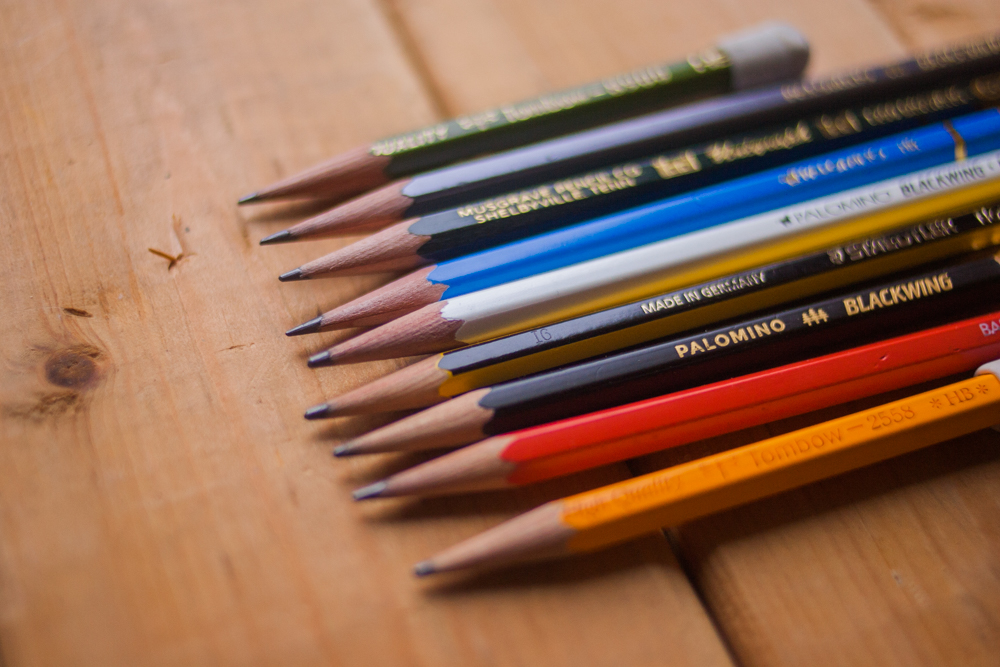
All hail the mighty pencil: a powerful and beloved tool with a fanbase as sophisticated as the legions of jazz enthusiasts, yet so ubiquitous and humble that it all but escapes notice. The pencil is an incredibly simple device—essentially, a rock-and-dirt mix smashed together between some cut-up tree pieces—but the iteration that know today is a collaboration between hundreds of pencil makers over the course of 500 years. With their pen cousins, the elegant fountain and the pragmatic ballpoint, pencils are a founding member in the groundswell of interest for tangible, analog tools in an increasingly virtual, digital world.
If all you know of pencils are the Dixon Ticonderogas and plastic Bic mechanical pencils you carted around in your schoolbox, read on for a basic primer and some great resources for further exploration.
Inspect a pencil and you'll see that there's not too much to it: graphite, wood, paint, sometimes an eraser. (Pencils don't contain lead, so you didn't actually get poisoned that time the point snapped off in your foot when you and your cousins were jumping on the bed.) But even within those simple elements, there are a surprising amount of variables, some that show immediately and some that appear only after hours of use.
Here are your primary points to consider (get it?):
Wood:
Pencil wood ranges from crisp, smooth, beautiful California cedar to cheaply pressed scrap wood. Cheaply-made pencils can be frustrating to use—breakages, flakiness around the point, and have you ever tried to sharpen a pencil only to have the wood cover up half of the graphite? But good wood is synonymous with higher cost, so you've got to factor the price per pencil when you consider your projected workload. (When you consider than the best pencils are upwards of $1/pop, it can add up quickly.) Mercifully, there are great pencil options for every price.
Finish and shape:
Most pencils come in hexagonal barrels for grip, while some are rounded. Most pencils are painted with varying degrees of lacquer, some with no paint at all. The finish does affect comfort—for example, you'll probably want your hexagonal barrel to have slightly rounded edges and a decent amount of lacquer for lengthy sessions writing a novel longhand. And from reading others' opinions, I know I'm not the only one who pays attention to the way a pencil's color makes me feel when I use it.
Lead grade:
You'll remember “#2 pencils only” from your school days. Grade refers to the softness and hardness of the graphite, which comes from the ratio of graphite to clay. Less clay and more graphite = softer pencil = darker mark. Pencil makers usually express this with a combination of numbers and letters: the soft range runs from 10B (really flipping soft) to B, the hard range typically from H to 4H (so hard it will probably tear your paper), with HB perfectly in the middle. The number system, from which #2 (synonymous with HB) comes, is rare. Unfortunately for the initial pencil buyer, The International Consortium of Pencil Enthusiasts' Handbook of Graphite Grading Standards doesn't exist, so pencil makers' softness scales differ.
For me, where the “rubber meets the road” is where the point meets the paper. I see this most markedly when I try to use one of my favorite pencils in a notebook with unfamiliar paper and it feels terrible. Every paper is different, with different sizes of wood pulp and binding methods producing different ranges of roughness or smoothness known as “tooth,” and every pencil will interact differently. The name of the game is trial and error, so it will behoove you to own a variety of good pencils.

Here are a couple of my personal preferences, based primarily on function:
• For writing: I like a perfect balance of smooth feel, dark line, very little smudge, an easily erasaeble mark, and good point retention (i.e. I like it when it takes 300+ words to make my point really dull). I write pretty much exclusively in HB. So far my favorites for long-term writing have been the Palomino Blackwing 602 and Palomino HB in blue. I also like the Tombow Dragonfly 8900 and General Cedar Pointe for everyday writing in my bullet journal. But I'll also readily admit that I've barely scratched the surface of HB pencils!
• For drawing: I prefer darker pencils for drawing because I need a smoother line that can pick up finer gestures, but I need to be able to able to erase as well, so I don't like going too dark. I've generally settled on Staedtler Mars Lumograph in 2B and 4B grades and have recently upgraded to the standard black Palomino Blackwing and Blackwing Pearl (a 4B and 2B, respectively). Those are such stinking nice pencils.
Any pencil fans out there? If so, please comment and tell me your favorites—I need an excuse to buy more.
Suggested further resources:
- CW Pencils — An entire store devoted to woodcase pencils? YES. Next time I visit NYC, I'm making a beeline for the Lower East Side with a loaded wallet. But in the meantime, they've got a fantastic online store, as well as some great further reading and pencil buying guides in their FAQ.
- Eraseable Podcast — In case you're not convinced that pencils can merit rabid fandom: Wasem, Gamber, Welfle & Co. are four years and 90 episodes strong in “the world's first, only and best pencil podcast.” (Oxford comma omitted by Mr. Gamber.) These guys do a fantastic job delving deep into the world of woodcase as well as roaming through all sorts of interesting topics of books, journals, music, and film.

